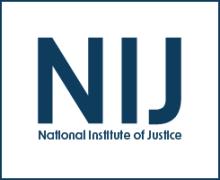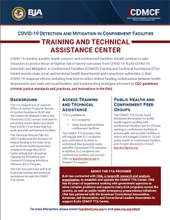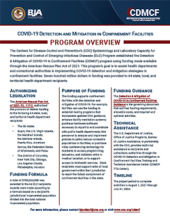Centers for Disease Control (CDC)
Trends and Patterns in Firearm Violence, 1993-2023
Trends and Patterns in Firearm Violence, 1993-2023
A Process and Outcome Evaluation of "Supporting Adolescents with Guidance and Employment (SAGE)": A Community-Based Violence Prevention Program for African American Male Adolescents
Age Trends And State Disparities In Firearm-Related Suicide In The US, 1999-2020
Age Trends And State Disparities In Firearm-Related Suicide In The US, 1999-2020
Graphic Description – Medicolegal Death Investigation Frequently Used Data Elements For Toxicology And Seized Drugs
White Paper – Forensic Community Drug Database Conceptualization
Graphic Description – Medicolegal Death Investigation Case Specific Frequently Used Data Elements And Chart
Graphic Description – Frequently Used Data Elements Collection Systems And Primary Documentation
Jealousy as a Correlate of Intimate Partner Homicide-Suicide versus Homicide-Only Cases: National Violent Death Reporting System, 2016-2020
Jealousy as a Correlate of Intimate Partner Homicide-Suicide versus Homicide-Only Cases: National Violent Death Reporting System, 2016-2020
Model Programs Guide Literature Review: Gun Violence and Youth/Young Adults
COVID-19 Detection and Mitigation in Confinement Facilities Training and Technical Assistance Center
COVID-19 Detection and Mitigation in Confinement Facilities Program Overview
Cross-sectional Study of Loss of Life Expectancy at Different Ages Related to Firearm Deaths Among Black And White Americans
A Data-Informed Response to Emerging Drugs
The emerging drug crisis in the U.S. touches both criminal justice and public health, and experts from both fields came together at NIJ’s 2023 National Research Conference to discuss strategies and tools to fight this problem. Dr. Frances Scott, NIJ scientist and program manager, continues the conference discussion with two fellow panelists: Ciena Bayard, the Method Development and Validation Program Manager for D.C. Office of the Chief Medical Examiner, and Haley Greene, the Deputy Epidemiologist for the Central Region for the Virginia Department of Health. Read the transcript.









